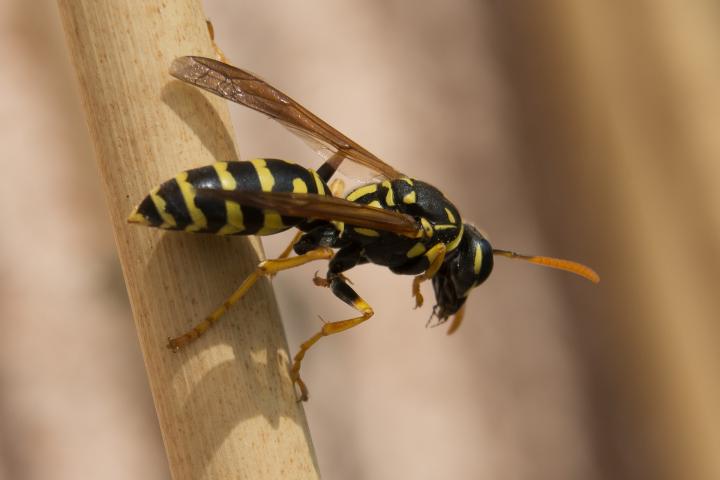Primary Image

Caption
Bees are extremely beneficial insects, but their stings can be very painful. Learn how to prevent and treat a bee or wasp sting here.
How to Treat a Bee Sting
More Like This
Snuff or Mud are the best home remedies to remove stinger from a bee sting! It removes stinger immediately!
I'm a little surprised that the use of meat tenderizer isn't mentioned. All the other pain-relieving remedies are effective as well, however, so I guess it's just what you have on hand and feel good about trying. A paste of meat tenderizer and water will immediately stop pain and throbbing and is fairly fast to whip up, assuming you have it in the pantry. A good memory I have of my dad involves him getting stung and coming into the house, asking me if I knew what to do. I mixed up the meat tenderizer paste, put it on the sting and he was amazed at how fast it stopped hurting. He was all excited that his son was able to help him and I was glad I could.
I keep Benadryl in my medicine cabinet for stinging insects. One tablet does it. Since it makes me sleepy, I find it's a good excuse to take a nap, too!
I grew up on a ranch and have had my share of bee and ant stings. My father always used good old fashion mud ( dirt and water ) and put it directly on the sting. It worked and relived the pain quickly. Afterwards my mom would just wash the area with hydrogen peroxide to clean the area properly. Never pull out a bee sting. It will always make it worse. Find a card , toothbrush or even a credit card and gently scrape it off. Keep calm and remember the bee got the worst of it because one they sting you they die !
I have recently discovered that Witch Hazel is excellent for relieving the itching and swelling. I was surprised how quickly it works. I apply the witch hazel using a cotton ball and dab it on the bitten area. Natural apple cider vinegar works well also for bites and minor burns.
One treatment that I have found useful for many years for wasp and bee stings. I apply a cotton swab with LANDRY BLEACH as soon as I can on the sting location. This seems to neutralize and relieve the pain of the sting. It has worked for me many times.
DAVID.
I saw this article last year I think. Thought I saved it but can't find it. Epsom salts and mouthwash are two of the ingredients but can't remember the rest. Do you have the recipe? Thanks!
I don't think this is our recipe but here is the recipe you're referencing: http://myhousepests.com/mosquitoes/homemade-mosquito-yard-spray.html Please tell us if you find this effective!
Recently, I was stung by a hornet. I knew I had nothing to relieve the itch and pain that was accompanied by it. Finally, I thought about how Calendula was good for a lot of things and decided to give it a try on the bite. I picked a flower top and rubbed it as hard as I could into the bite area. With-in a few seconds the itch was gone along with the pain. Now I keep my calendula flowers close at hand during the Summer months. It has been a great relief to me and my visitors.
Every person more than once is bothered by BUGS: sand gnat, sand fleas, no-see-um, flies, bees, wasps and everything that wants what you have in that drink container, so they're attracted to you.
An easy low cost way to reduce this problem is to have a solid cover on top of the container, no holes, no straws or slurpee type lids.
Drink container protectors are now the rage, when you Google them a bunch pops up, a reusable low cost, neat one is made in the USA at Pittsburgh Pa, it works on glasses and you can flip it over and it also works on cans.
I find out using it at work it also keeps people germs from getting in my coffee mug, plus keeps it from becoming cold.
- « Previous
- 1
- 2
- …
- 10
- Next »











Comments